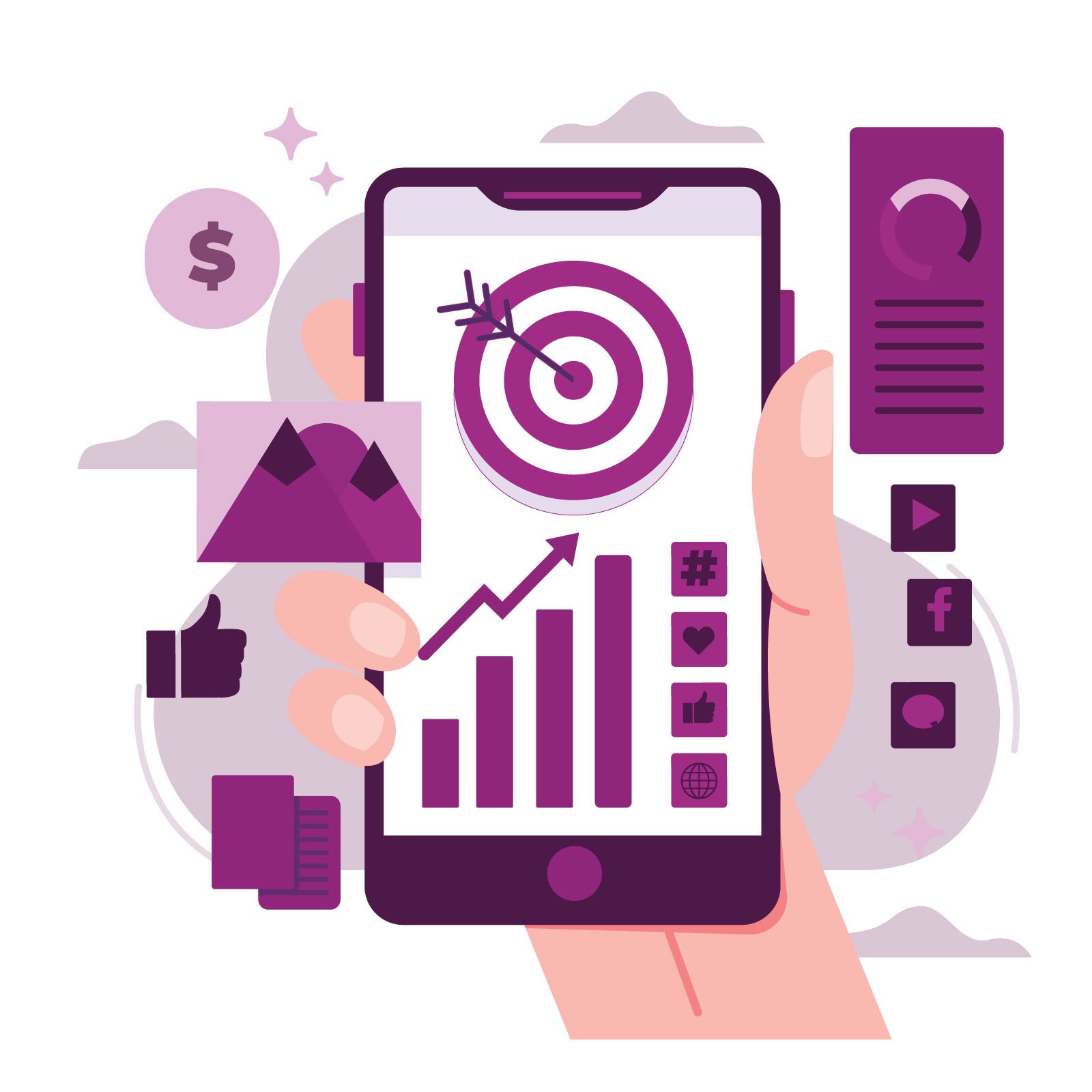Do you feel like your Meta ad budget is trapped in a slow learning loop? Struggling to unlock faster growth and exit the learning phase?
Meta Ads are a powerful tool to reach your target audience and drive conversions. But navigating the “learning phase” can be frustrating, with 40% of new campaigns experiencing performance dips. This period, while crucial for ad optimisation, can also lead to shaky performance and frustrations.
Want to get optimal performance faster? We’ve got the ultimate playbook with actionable strategies to achieve higher conversions.
What is the Learning Phase?
Imagine this: you launch a brand new ad campaign. Meta’s delivery system is like a curious explorer, learning everything it can about who resonates most with your ad. It tests different audiences, placements, and even times of day. This experimentation, though valuable for future success, can lead to fluctuating performance in the early days – welcome to the learning phase!
According to Meta, “The learning phase is the period when the delivery system still has a lot to learn about an ad set. During the learning phase, the delivery system is exploring the best way to deliver your ad set – actively trying different audiences, placements and more – so performance has not yet stabilised. The learning phase occurs when you create a new ad set or make a significant edit to an existing ad or ad set.”
Why Does The Learning Phase Matter?
Consider the learning phase as an investment. Although you might see higher costs or inconsistent results initially, these learnings pave the way for peak performance down the line. Studies show that ads that successfully exit the learning phase boast a 19% lower cost per conversion, and advertisers with fewer ad sets in the learning phase see a whopping 68% lower CPA.
“Typically, performance stabilises after an ad set receives around 50 optimisation events within a seven-day period,” a blog by Meta reads.
“If your ad set isn’t getting enough optimisation events to exit the learning phase (or if the delivery system predicts that it won’t receive enough optimisation events in the future), the Delivery column reads ‘Learning Limited’.”
Conquering the Learning Phase
Marketing Science reveals a 19% CPA reduction for ad sets graduating from the learning phase (active) compared to those lagging behind (learning limited).
Here are three top strategies for a successful exit from the learning phase:
1. Avoid Frequent Edits:
The urge to edit posts is natural, but frequent campaigns, ad sets, and ad edits reset the learning process, prolonging your stay in the volatile early stages. Batch your edits whenever possible to minimise disruptions.
These are the edits that will cause an ad set to re-enter the learning phase:
Campaign
- Budget (depending on magnitude)
- Bid amount (depending on magnitude)
- Bid strategy
Ads
- Any change
Ad sets
- Targeting
- Placement
- Optimisation event
- Adding new creative
- Bid strategy
- Bid amount (depending on magnitude)
- Budget (depending on magnitude)
- Pausing for over seven days
Meta’s Tip No. 1 reads, “To reduce spend in the learning phase, avoid editing an ad set or ad until it has exited the learning phase. This ensures that your optimisation decision is based on results that are more indicative of future performance. If you have multiple edits to make, batching them all at once ensures that learning is only reset one time.”
Consolidate similar ad sets to concentrate delivery learnings and ensure each set receives enough data to optimise effectively.
2. Optimise Your Spend
When an advertiser runs too many ad sets at once, each ad set delivers less often. Fewer ad sets exit the learning phase and more budget is spent before the delivery system has fully optimised performance.
Practise account simplification by consolidating ad sets. When advertisers consolidate ad sets, they also consolidate delivery learnings for their ads.
Try these alternatives to speed up your time in the learning phase:
- For many small geographical areas: Combine similar ad sets into fewer, larger ad sets or use the Store Traffic objective.
- For different placements: Use automatic placements and asset customisation.
- For different languages: Set multiple languages in a single ad set to dynamically show ads in the right language for the audience.
3. Get Rid Of Low Conversions and Constrained Setups
Some campaign and ad settings can block your ads from getting enough clicks to move past the learning phase.
Here are four reasons why your ad could be stuck:
Low budget
Your ads need to show off at least 50 times in a week for the system to learn who likes them best. For that to happen, the ad set should have enough budget. Setting a very small or very high budget throws the system off, making it pick the wrong people to see your ads.
Low bid or cost cap
If you are using a bid cap, target cost, cost cap or value optimisation with minimum ROAS, it can hamper your ad. Setting limits on how much they can chat (conversion goals) might keep them hidden, too. So, loosen those limits a bit so they can be seen and reach more people and convert faster.
Small audience size
The bigger the crowd you advertise to, the more chances someone will click or purchase from you. This helps the ad system learn who it should show your ads to and graduate your campaign out of the “training wheels” phase.
Infrequent conversion event
Not seeing enough purchases? Optimise your ad for an event that occurs more frequently. Choose a more frequent action, like “add-to-cart,” to speed up your ad learning and reach the right audience sooner.
Note: Ad sets with longer conversion windows need more time to exit the learning phase.
Check out Meta’s “Delivery” view for a detailed diagnosis of your ad set’s learning phase performance. Use these insights to further refine your approach and watch your results soar.
While avoiding behaviours that prevent ad sets from exiting the learning phase is important, you shouldn't try to avoid the learning phase completely. Testing new creative and marketing strategies is essential for improving your performance over time, and the learning phase is necessary to help the delivery system optimise your new ads.
With these insights and strategies, you’re well on your way to mastering the Meta Ads learning phase and unlocking the full potential of your campaigns.
Need a fresh perspective? Let’s talk.
At 360 OM, we specialise in helping businesses take their marketing efforts to the next level. Our team stays on top of industry trends, uses data-informed decisions to maximise your ROI, and provides full transparency through comprehensive reports.











.png)




